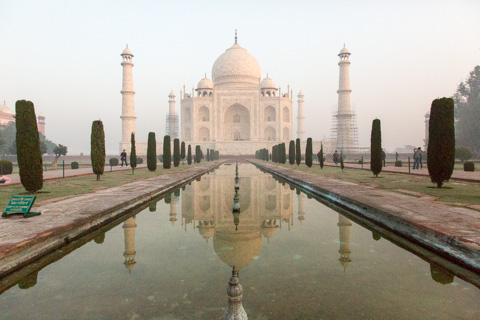
In 1631, Shah Jahan, emperor during the Mughal empire's period of greatest prosperity, was grief-stricken when his favorite of three wives and beloved companion, Mumtaz Mahal, a Persian princess, died during the birth of their 14th child. The Taj Mahal was his memorial to their love.

The Taj Mahal incorporates and expands on design traditions of Persian and earlier Mughal architecture. Specific inspiration came from successful Timurid and Mughal buildings, including Itmad-Ud-Daulah's Tomb (Baby Taj) and Shah Jahan's own Jama Masjid in Delhi. While earlier Mughal buildings were primarily constructed of red sandstone, Shah Jahan promoted the use of white marble inlaid with semi-precious stones.
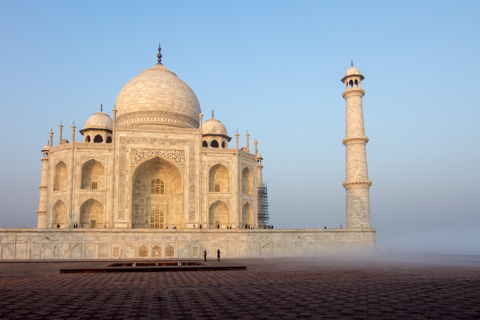



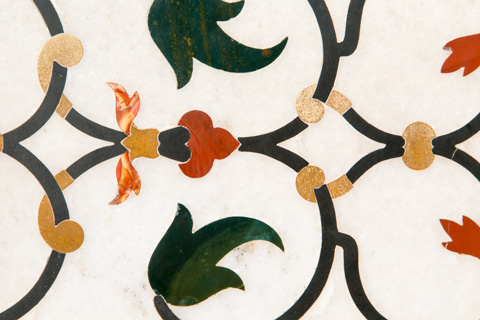
The Taj Mahal was constructed using materials from all over India and Asia. It is believed over 1,000 elephants were used to transport building materials. The translucent white marble was brought from Makrana, Rajasthan, the jasper from Punjab, jade and crystal from China. The turquoise was from Tibet and the Lapis lazuli from Afghanistan, while the sapphire came from Sri Lanka and the carnelian from Arabia. In all, twenty-eight types of precious and semi-precious stones were inlaid into the white marble.

In 2010, cracks appeared in parts of the tomb, and the minarets which surround the monument were showing signs of tilting, as the wooden foundation of the tomb may be rotting due to lack of water
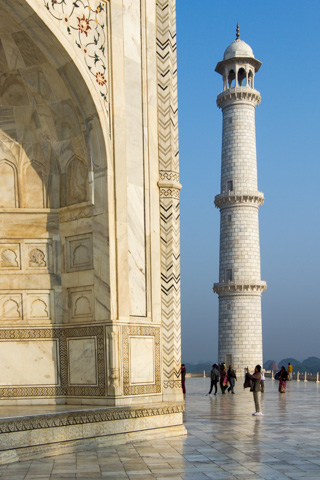
Each minaret is effectively divided into three equal parts by two working balconies that ring the tower. At the top of the tower is a final balcony surmounted by a dome that mirrors the design of those on the tomb. The domes all share the same decorative elements of a lotus design topped by a gilded finial. The minarets were constructed slightly outside the plinth so that in the event of collapse, a typical occurrence with many tall constructions of the period, the material from the towers would tend to fall away from the tomb.

The Mughals built the present-day structure, though a fort had stood there since at least the 11th century. Agra Fort was originally a brick fort known as Badalgarh.
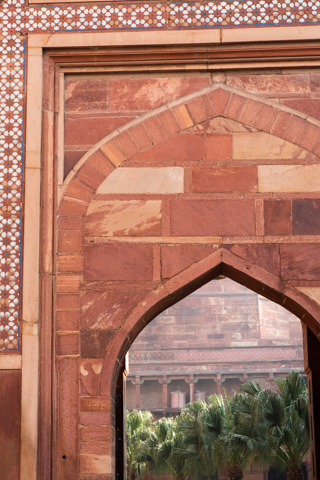
The Mughals under Akbar defeated King Hemu finally at the Second Battle of Panipat in 1556. Realizing the importance of Agra's central situation, Akbar made it his capital and arrived in 1558. His historian, Abdul Fazal, recorded that this was a brick fort known as 'Badalgarh'. It was in a ruined condition, and Akbar had it rebuilt with red sandstone from the Barauli area in Rajasthan. Architects laid the foundation, and it was built with bricks in the inner core with sandstone on external surfaces. Some 4,000 builders worked on it daily for eight years, completing it in 1573.

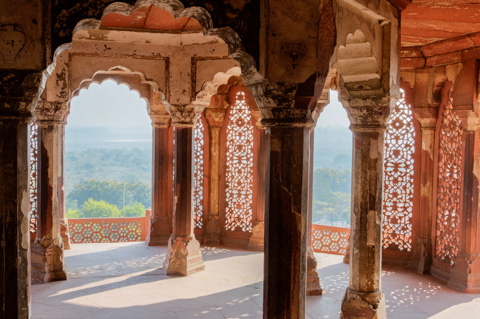
Khas Mahal was a private palace built by Shah Jahan for his daughters Roshnara and Jahanara. Construction of the Khas Mahal began in 1631 and was completed in 1640.
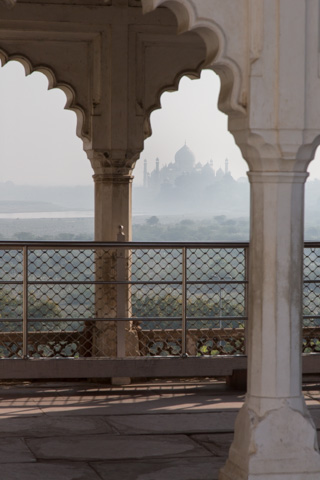
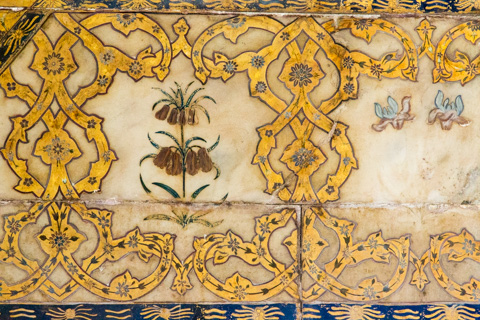


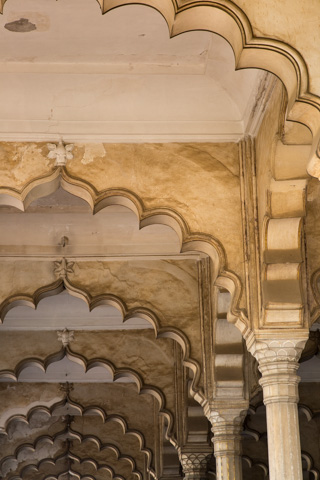
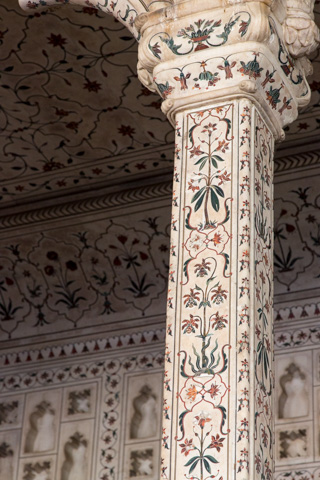
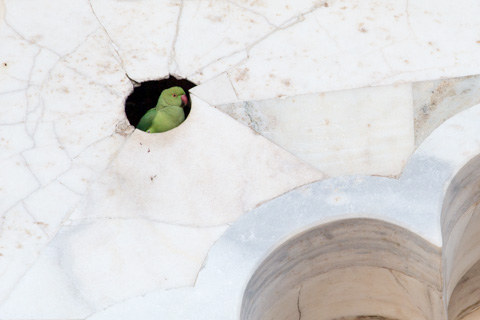
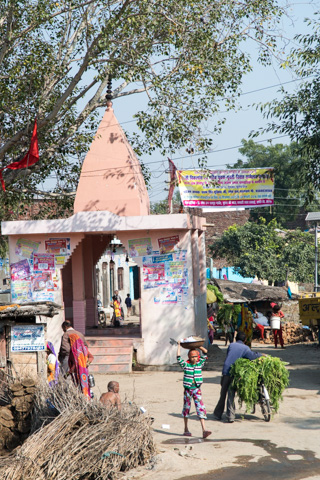
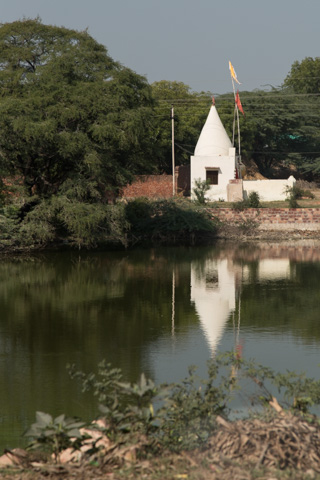
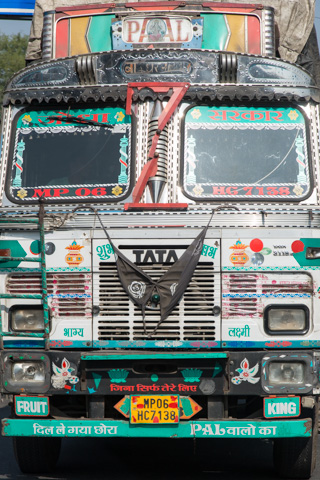


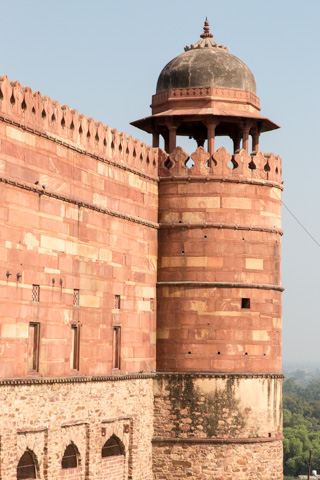
The city was founded in 1569 by the Emperor, Akbar, and served as the capital of the Mughal Empire from 1571 to 1585. Seeking to revive the splendors of the Persian court ceremonial made famous by his ancestor Timur, Akbar planned the complex on Persian principles. But the influences of his adopted land came through in the typically Indian embellishments. The easy availability of sandstone in the neighboring areas of Fatehpur Sikri, also meant that all the buildings here were made of the red stone.

The rectangular mosque comprises a central nave with a single dome, two colonnaded halls on either side, with two square chambers crowned with domes. This is one of the halls on the side.
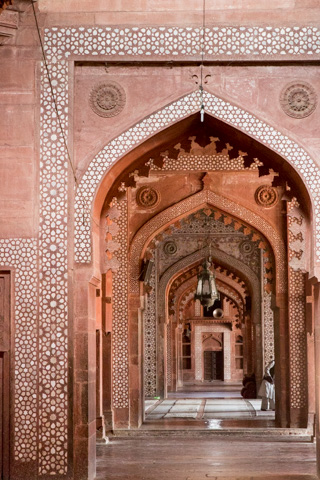
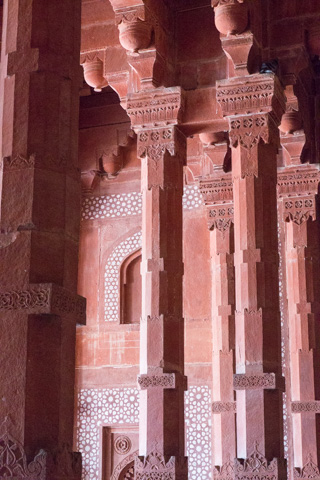



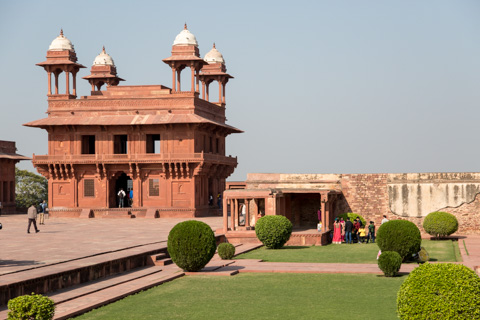

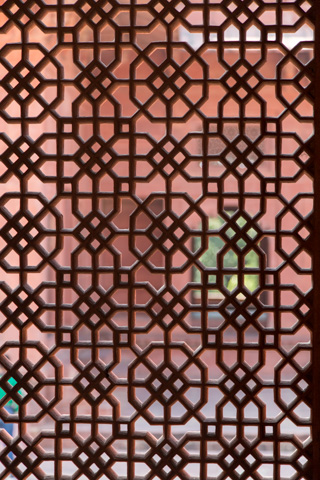

From Fatehpur Sikri a short drive to the train station for a several-hour train ride to Ranthambore National Park where I hoped to see a tiger in the wild.